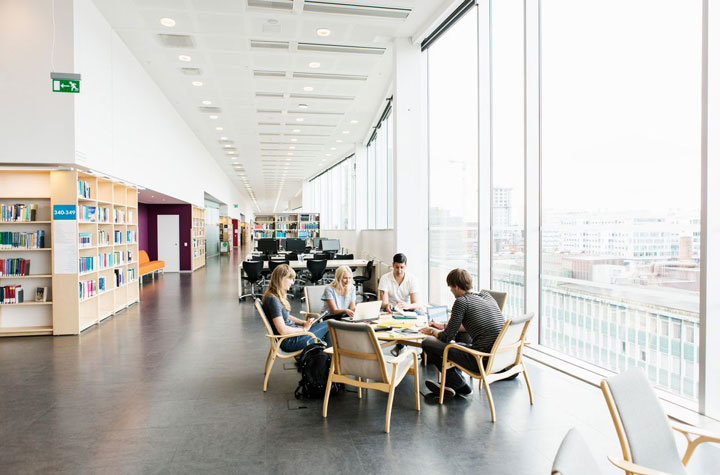For domestic students, start your study journey here.
- Go to homepage
- International
- Apply
- Delivery modes
How you’ll learn at TAFE NSW

At TAFE NSW, we offer a mix of learning modes to ensure you gain a mix of theory and practical experience in your chosen field.
Study requirements for international students
International students must enrol in full-time courses.
Contact hours
A full-time course means that each week there are 20 scheduled course contact hours. This can include a mix of face-to-face classes, virtual classrooms and online/self-paced learning.
Face-to-face learning
At least two-thirds of course hours must be in person with your teacher.
Online, virtual and/or self-paced learning
Up to one-third of course hours may be delivered through these methods.
Enrolment
Upon enrolment, you will receive a copy of your personal timetable.Note: check the academic year calendar to assist with your planning.
Assessment methods
TAFE NSW courses are assessed through a combination of assessment types, which may include:
- written assignments
- case studies
- reports
- group tasks
- portfolios
- presentations.

Work placement
Work placement may be a required part of your course, providing valuable practical experience in a real-world setting.
Is work placement required for your course?
To find out if your course includes work placement, please visit your course page for details. Any work placement listed is compulsory, and your teacher will assist you with organising this.
Completion requirements
To successfully complete your course, you must pass all required units, including any work placement components.

Learning resources and equipment
TAFE NSW provides a range of equipment and learning resources to support your studies, including:
- computers and internet access
- whiteboards and collaborative spaces
- simulated work environments
- library facilities with additional learning materials.
Additional learning resources can be found in the campus library facilities.

Online and virtual classrooms
Online and virtual learning can make up to one-third of your total study hours.
What is a virtual classroom?
A virtual classroom is an interactive, real-time learning experience where students learn with a teacher and other students via web conferencing technology.Virtual classroom lessons typically include interactive exercises to build skills and share knowledge.
TAFE NSW uses web conferencing technology platforms to connect students and teachers. The main one is Microsoft Teams. Your teacher will provide updates on class times and platforms.
Learn what to expect, how to prepare and tips for online troubleshooting with our Virtual Classroom Guide below.
Participating in a virtual classroom
The same rules apply in virtual classrooms as in face-to-face learning environments.
Our Virtual Classroom Guide helps you understand how you can successfully participate, respect others and stay safe online.

We’re here to help
If you can't access your virtual classroom, please call the TAFE NSW Customer Service Team on 131 601 and follow the prompts.
If you are deaf or hard of hearing, you can also seek help from the National Relay Service.